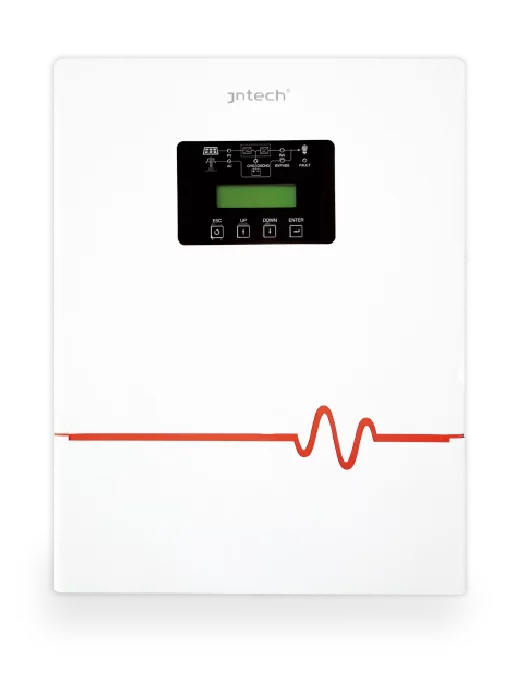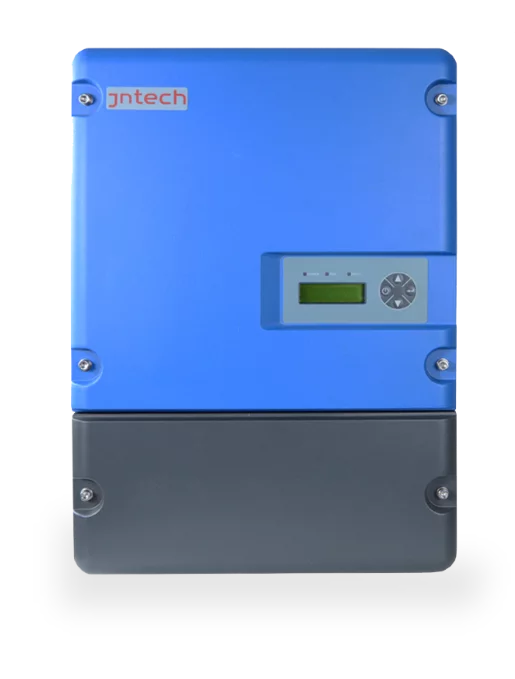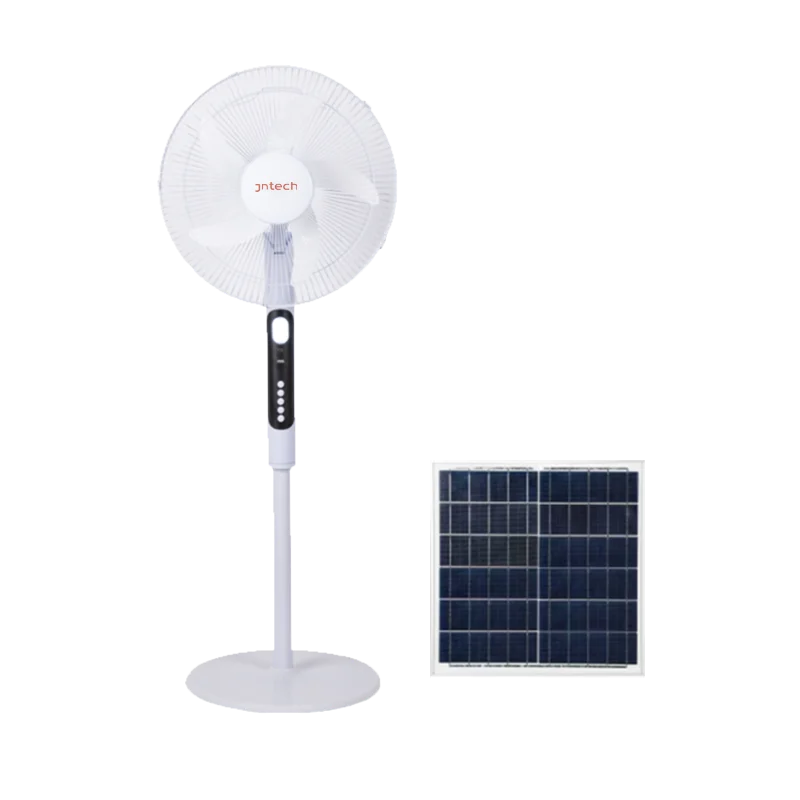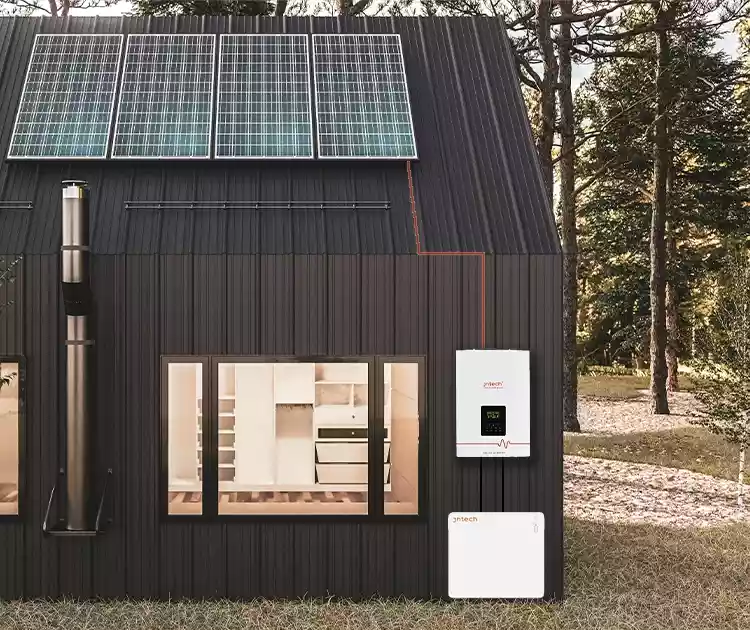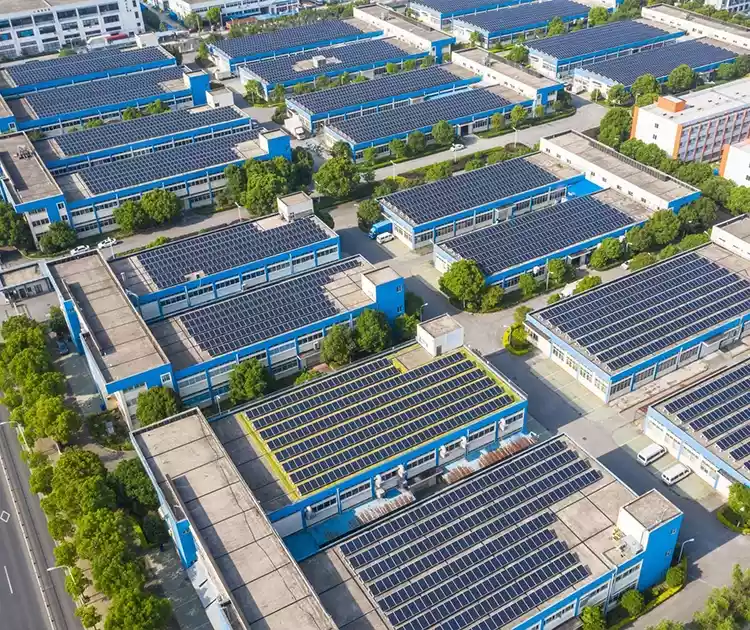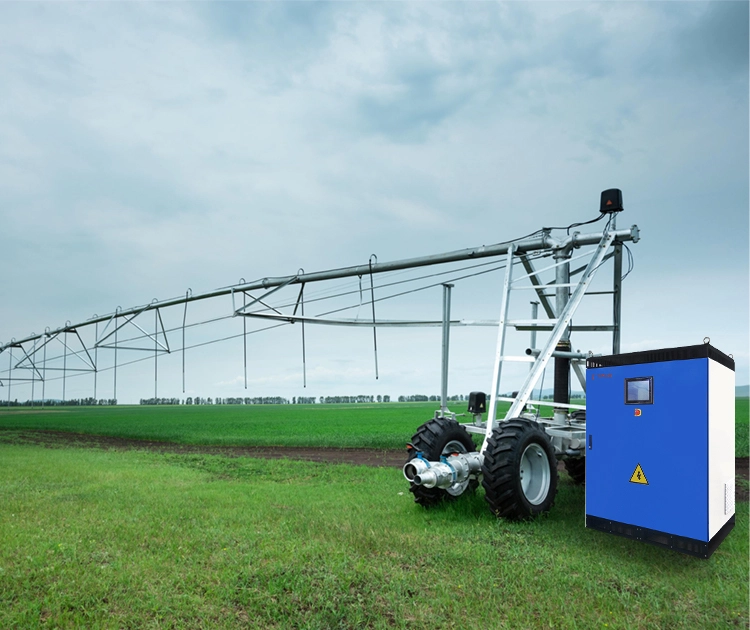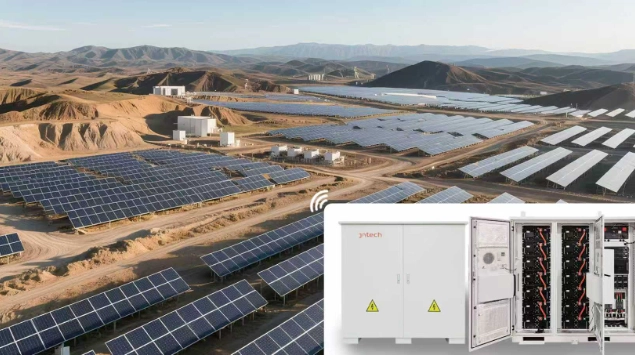The Different Types Of Home Solar Batteries That You Can Buy
Release time: 2025-11-21
With the increasing popularity of home solar systems, “How to choose an energy storage battery” has become a top concern for many users.
Currently, the most common residential energy storage batteries on the market fall into five categories: wall-mounted, rack-mounted, mobile, portable, and lead-to-lithium batteries. Different batteries are suitable for different scenarios, have different prices and performance characteristics; understanding their features is crucial for making a truly cost-effective long-term choice.
Several Forms of Residential Energy Storage Batteries
Wall-mounted batteries are simple in design and save space, making them one of the most popular configurations in residential homes. Their advantages lie in easy installation and a user-friendly appearance, making them suitable for spaces with limited capacity, such as living rooms and storage rooms.
Rack-mounted batteries use a modular structure, allowing for flexible capacity expansion according to load requirements, making them ideal for homes or small commercial applications requiring large-capacity energy storage. They are easy to maintain and highly expandable, making them a top choice for users seeking cost-effectiveness.
Portable energy storage batteries prioritize mobility. They can provide stable power for outdoor work, emergency power, temporary construction, and other scenarios, and are also a backup power source for homes.
Beyond the commonly used lead-acid batteries, the recently emerging lithium-ion (LiFePO₄) batteries have become the most cost-effective upgrade option. Compared to lead-acid batteries, lithium-ion batteries offer longer cycle life, deeper discharge depth, higher safety, and lighter weight. If you want to improve performance and perfectly adapt to your existing system while maintaining its structure, this is an upgrade option not to be missed.
| Form | Core features | Main advantages | Ideal application scenarios |
| Wall-mounted | It can be hung on the wall like a home appliance, and the design is beautiful. | Saves floor space, blends into home decor, and is relatively easy to install. | Family homes, apartments with limited space, and users who value home aesthetics |
| Rack-mount | Standard rack installation, modular design, and competitive pricing. | High space utilization, easy to expand capacity, and convenient maintenance | Homes or small businesses with dedicated equipment rooms or server rooms and plans for future expansion. |
| Mobile | Equipped with wheels or a handle, it can be moved easily. | Mobile and flexible, plug and play, suitable for emergency and outdoor use | Emergency power supply, field operations, temporary power needs, RV camping |
| Lithium Replace Lead | Installed in the original lead-acid battery location, replacing and upgrading at a low cost. | Utilize existing systems directly, improve performance, and reduce initial upgrade costs. | Lead-acid battery users who want to retain the original system’s main architecture but are dissatisfied with its performance. |
Upgrading from Lead-Acid Batteries to Lithium-ion Batteries (Lithium Replace Lead)
If you’re considering upgrading your home energy storage system from lead-acid batteries to lithium-ion batteries, this information will be very helpful.
Common Characteristics and Direct Replacement with Lead-Acid Batteries
This is the most attractive aspect of the “lead-to-lithium” solution: it’s typically designed to directly replace existing 12V, 24V, or 48V lead-acid batteries without replacing the existing inverter and main system structure. This means you can enjoy the technological advantages of lithium-ion batteries with minimal modification costs.
Comparison of Upgraded Advantages
Although voltage compatible, lithium-ion batteries achieve a comprehensive leap in core performance, as detailed below:
| Feature Dimension | Lead-acid battery (as a benchmark) | Lithium Battery (upgraded) |
| Energy density | Low, bulky and large | High, for the same capacity, its weight and volume are only 1/3 to 1/5 that of lead-acid batteries. |
| Cycle life | Approximately 300-500 times | Up to 6,000 times, which is 12 times or even longer than lead-acid. |
| Charging speed | Slow, it may take more than 10 hours to fully charge. | Fast, can be fully charged in as little as 2-4 hours. |
| Depth of discharge | Shallow or deep discharge can severely damage the battery. | Deep discharge, allowing for over 90% discharge, resulting in more usable power. |
| Maintenance requirements | Regular maintenance is required. | Basic maintenance-free |
In addition to the performance improvements shown in the table, lithium batteries (especially the mainstream lithium iron phosphate material used in home use) offer higher thermal stability and better inherent safety. They also have a longer lifespan and lower operating costs over their lifecycle.
How to Choose the Right Energy Storage Battery for You
You can follow these guidelines to find the most suitable solution:
Assess Space and Installation Conditions:
Compact living space, prioritizing aesthetics: Wall-mounted batteries.
Dedicated areas such as basements or equipment rooms, or plans for large-scale energy storage: Rack-mounted batteries.
Define Your Electricity Needs and Habits:
Fixed needs, serving as a daily household energy solution: Wall-mounted or rack-mounted batteries.
Variable needs, for emergency, outings, or temporary power supply: Portable energy storage.
Weigh Investment and Long-Term Benefits:
Limited budget, currently using a lead-acid battery system: Upgrade to lithium-ion batteries for better value.
Sufficient budget, seeking optimal performance and longest lifespan: Purchase a brand new lithium-ion battery system (wall-mounted or rack-mounted).
Focus on core components and safety:
Regardless of the type chosen, lithium iron phosphate (LFP) cells should be the priority due to their high safety and long cycle life, making them the preferred choice for home energy storage.
Confirm that the product has a reliable battery management system and the necessary safety certifications.
JNTech provides global users with full-process technical support from selection and design to installation, making home electricity use more efficient, safer, and more worry-free.

GET A CUSTOMIZED POWER SOLUTION
Contact our team for pricing, bulk orders, or business opportunities.


